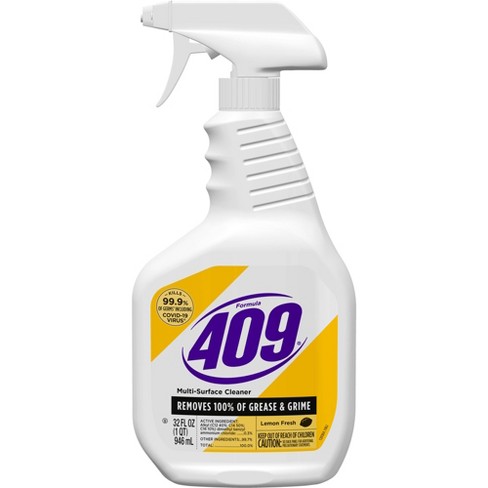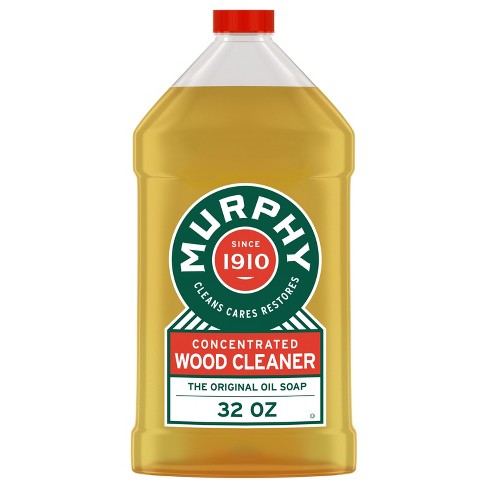To clean the water-damaged carpet, quickly remove standing water and dry the area thoroughly. Use a dehumidifier and fans to expedite drying and prevent mold growth.
Dealing with water-damaged carpets can be overwhelming, but prompt and proper action is crucial to avoid further damage and health hazards. First, you must address the water source to prevent additional flooding. After removing excess water, it’s essential to dry the carpet thoroughly; this often involves using industrial fans and dehumidifiers.
Speed is of the essence to mitigate the risk of mold and mildew, which can take root within 24 to 48 hours of water exposure. While smaller areas may be manageable on your own, large or highly saturated carpets may require professional cleaning services. Remember, salvaging your carpet depends on the water’s cleanliness and how quickly you act.

Credit: hellamaid.ca
Assessing The Damage
Encountering water damage on your carpet can be daunting. I think immediate attention is crucial. ‘Assessing the Damage’ involves a thorough inspection to understand the extent of damage. This process is essential for effective cleaning and restoration of the carpet.
Inspect The Affected Area
The first step is to inspect the carpet closely. These signs include discoloration, foul odor, and mold growth. Document what you see with photos. They might help with insurance claims.
- Color Changes: Look for areas where the dye might have bled.
- Odor: Sniff around for musty smells indicating mildew.
- Mold: Watch out for any fuzzy or discolored patches.

Credit: www.cascademaids.com
Determine The Severity Of The Damage
Determining the damage severity helps you decide the next step. Here’s a checklist:
- Evaluate the water source. Clean water from a burst pipe is safer than overflow water from a toilet.
- Measure the wet area. Small areas are often manageable at home. Large areas might require professional help.
- Check the duration of the exposure. The longer the carpet has been wet, the higher the risk of mold.
| Water Source | Area Size | Wet Duration |
|---|---|---|
| Clean or Gray | Small or Large | Short-term or Long-term |
Note: Carpets soaked in ‘gray water’ or ‘black water’ should be handled with extreme care. Consult professionals if the water contains contaminants or sewage.
Water damage to your carpet can be a nightmare, but quick action is critical. The first step? Removing excess water right away. This crucial move can reduce damage and mold. Let’s dive into some effective methods.
Use A Wet/dry Vacuum.

Credit: www.wikihow.com
The best tool for the job is a wet/dry vacuum. It pulls water out of your carpet. Here’s how to use it:
- Plug in the vacuum away from wet areas to avoid electrical hazards.
- Move slowly over the carpet to suck up water.
- Empty the vacuum frequently to maintain suction power.
- Repeat the process until no water is visible in the vacuum canister.
Use Towels Or Mops

Credit: www.wikihow.com
No wet/dry vacuum? No problem! Use towels or mops. Follow these steps:
- Press towels over the wet area to absorb water.
- Wring out towels or mops into a bucket when saturated.
- Keep replacing the towels until they come up mostly dry.
Consider Renting A Carpet Extractor
Need something stronger? A carpet extractor might be your solution. It’s a pro tool that deep cleans. Rent one at a local hardware store, and here’s what to do:
- Read the instruction manual carefully.
- Pass it over the carpet like a vacuum.
- It sprays water and chemicals and then sucks it back with dirt.
- The tank needs emptying often, so keep an eye on it.
Treating Stains And Odors
Water damage to carpets can leave a mix of stains and odors. Acting fast is crucial. Stains can become permanent, and odors may linger. A thorough approach ensures a fresh, clean carpet.
Identify And Treat Stains
Start by inspecting the carpet. Look for discoloration and marks. Different stains need different treatments:
- Mud: Let it dry and vacuum up the dirt.
- Food or drink: Use a gentle cleaning solution.
- Pet stains: A mix of vinegar and water works well.
Test cleaners in a small area first. Blot with a clean cloth. Never rub, as this can worsen the stain.
Address Lingering Odors
Odors often stay after cleaning stains. Here is how to tackle them:
- Sprinkle baking soda on the carpet.
- Let it sit overnight to absorb smells.
- Vacuum up the baking soda thoroughly.
If odors persist, consider a carpet shampoo. Select one designed to neutralize odors. Remember to dry the carpet thoroughly to prevent mold growth.

Credit: www.restorationlocal.com
Drying The Carpet
Facing a water-logged carpet can feel overwhelming. But quick action is critical. Below, I’ve included these steps to help prevent further damage. They also limit the risks of mold and odors. Let’s get that carpet dry and cozy again!
Increase Airflow
Good airflow is crucial for drying carpets. It speeds up evaporation. Open windows and doors around the wet carpet. This will bring in fresh air. A cross breeze can work wonders. Natural airflow pushes damp air out. Your carpet dries faster.

Credit: www.medium.com
Use Fans Or Dehumidifiers
- Place fans around the wet area. Aim them down at the carpet. They help moisture evaporate quickly.
- Dehumidifiers pull moisture from the air. Turn on a dehumidifier in the room. It will help keep the space dry.
Lift And Dry The Carpet Padding
The padding under carpets holds water. It’s often missed. Carefully pull back the wet carpet. Remove the padding if it’s too wet. If it’s salvageable, lift it. This allows air to circulate both above and below. Use fans to direct air at the padding, too.
| Step | Action |
|---|---|
| 1 | Open windows and doors. |
| 2 | Set up fans and dehumidifiers. |
| 3 | Remove and dry the padding. |
Preventing Future Damage
Water damage to carpets can be a nightmare, but proactive measures protect against future mishaps. The proper measures save the rug and maintain a clean, healthy living environment. Here’s how to safeguard your carpet:
Fix The Source Of The Water Damage
. Without this, water will keep ruining your carpet. Check for leaks in pipes, roofs, or windows. Seal any cracks to stop water from entering. Regular maintenance avoids costly repairs later.
Use Waterproof Carpet Padding
Invest in waterproof carpet padding as an extra shield. This unique layer sits under the carpet, blocking moisture from seeping through. It also adds comfort and prolongs the life of your carpet.
Consider Professional Water Damage Restoration
Professional restoration is an intelligent choice. Experts bring in advanced tools and techniques. They deal with water damage swiftly, preventing mold and structural issues. Regular professional cleaning keeps carpets in top-notch condition.

Credit: extra-effort.com
Frequently Asked Questions Of How To Clean Water Damaged Carpet
Can Water Damaged Carpet Be Saved?
Water-damaged carpet can be saved if dried quickly, typically within 24 to 48 hours. Professional cleaning may also be necessary to ensure it is safe and free from mold or mildew.
How Do You Remove Water Damage From Carpet?
To remove water damage from the carpet, quickly soak up excess water with towels, use a wet-dry vacuum, and then dry with fans and a dehumidifier. Spot-clean with carpet cleaner if necessary.
How Do You Clean Waterlogged Carpet?
Begin by removing excess water with a wet vacuum. Next, circulate air with fans and dehumidifiers to dry the carpet. Apply baking soda to absorb moisture, then vacuum it up. If mold is a concern, use a vinegar solution to sanitize.
Professional cleaning may be necessary for severe cases.
Should Carpet Be Replaced After Water Damage?
Carpet should often be replaced after water damage, significantly if the water was contaminated or drying did not begin promptly. Mold growth and structural issues can necessitate replacement for health and safety.

Credit: www.cleanercarpetsashford.co.uk
Conclusion
Restoring your carpet after water damage can be daunting, yet it’s completely manageable with the right approach. By following the outlined steps, you ensure a safe, thorough clean. Remember, time is of the essence to prevent mold and mildew. Seek professional help if the task seems too overwhelming.
Your refreshed, dry carpet awaits your prompt and diligent action!




Leave a Reply
You must be logged in to post a comment.